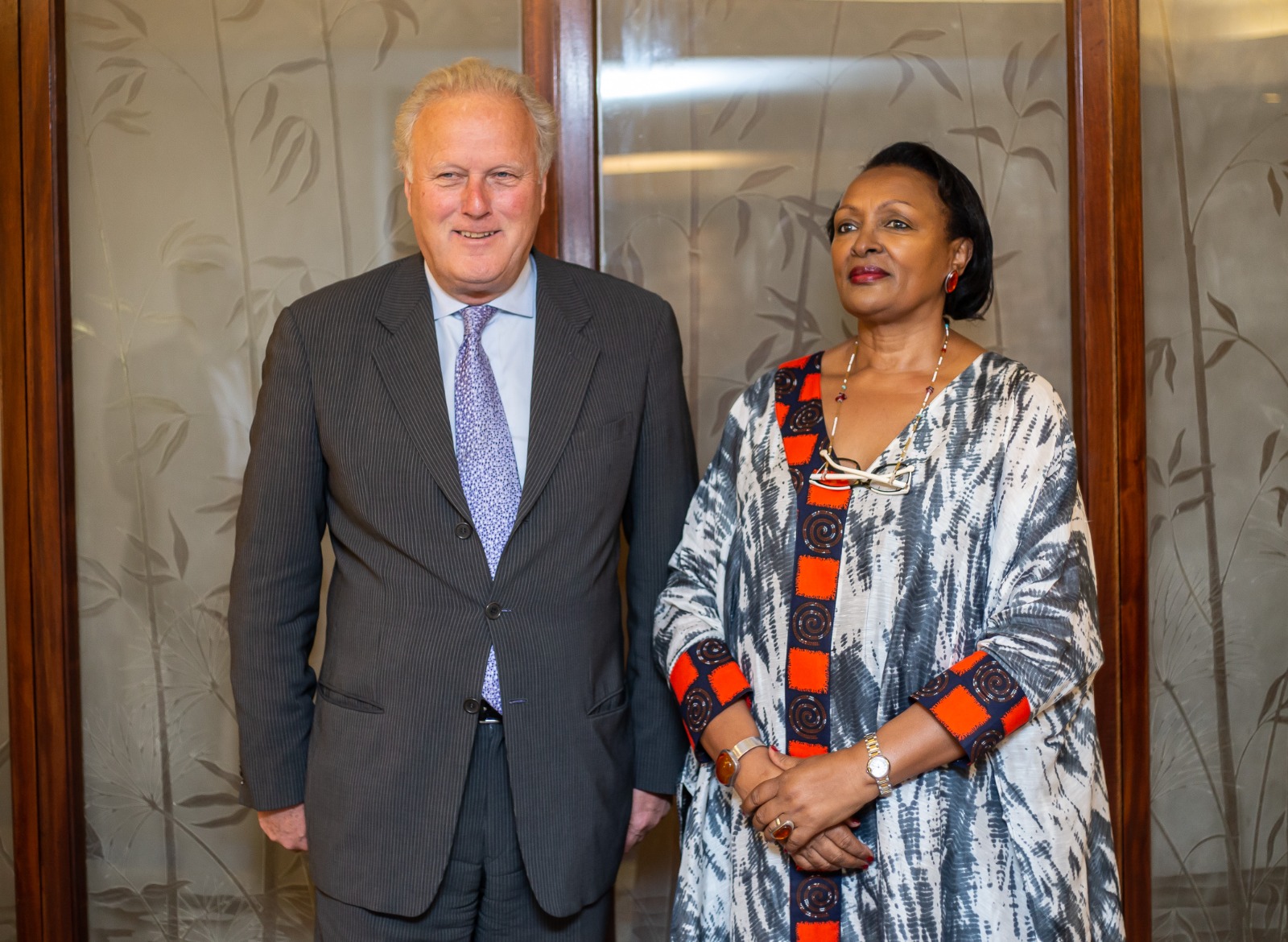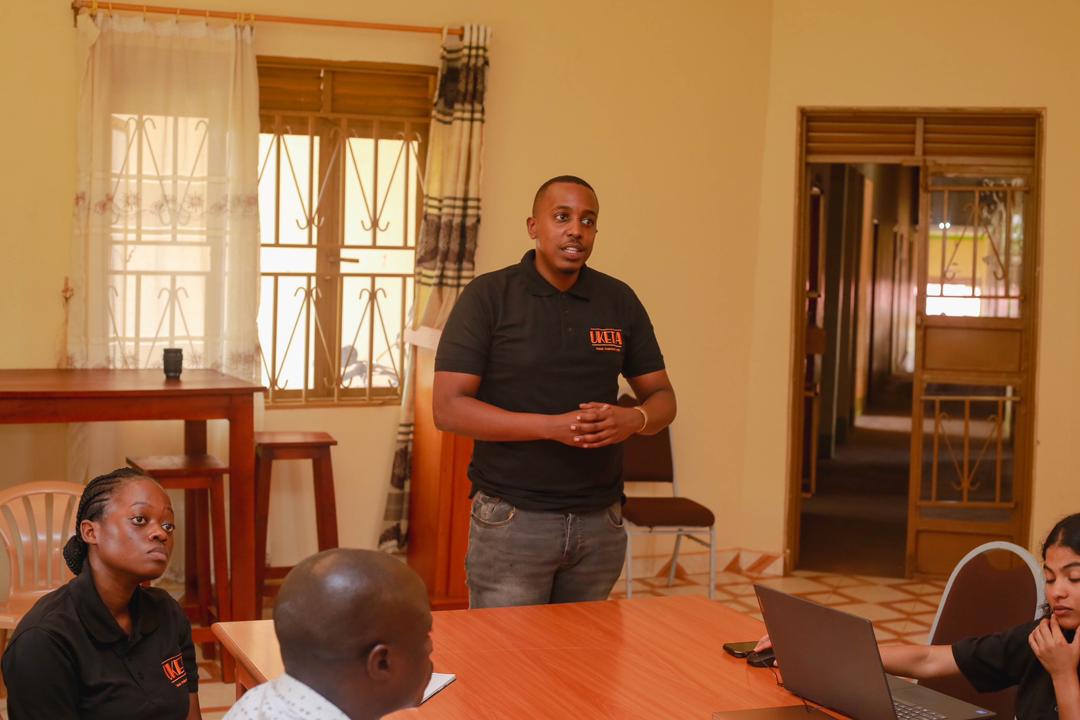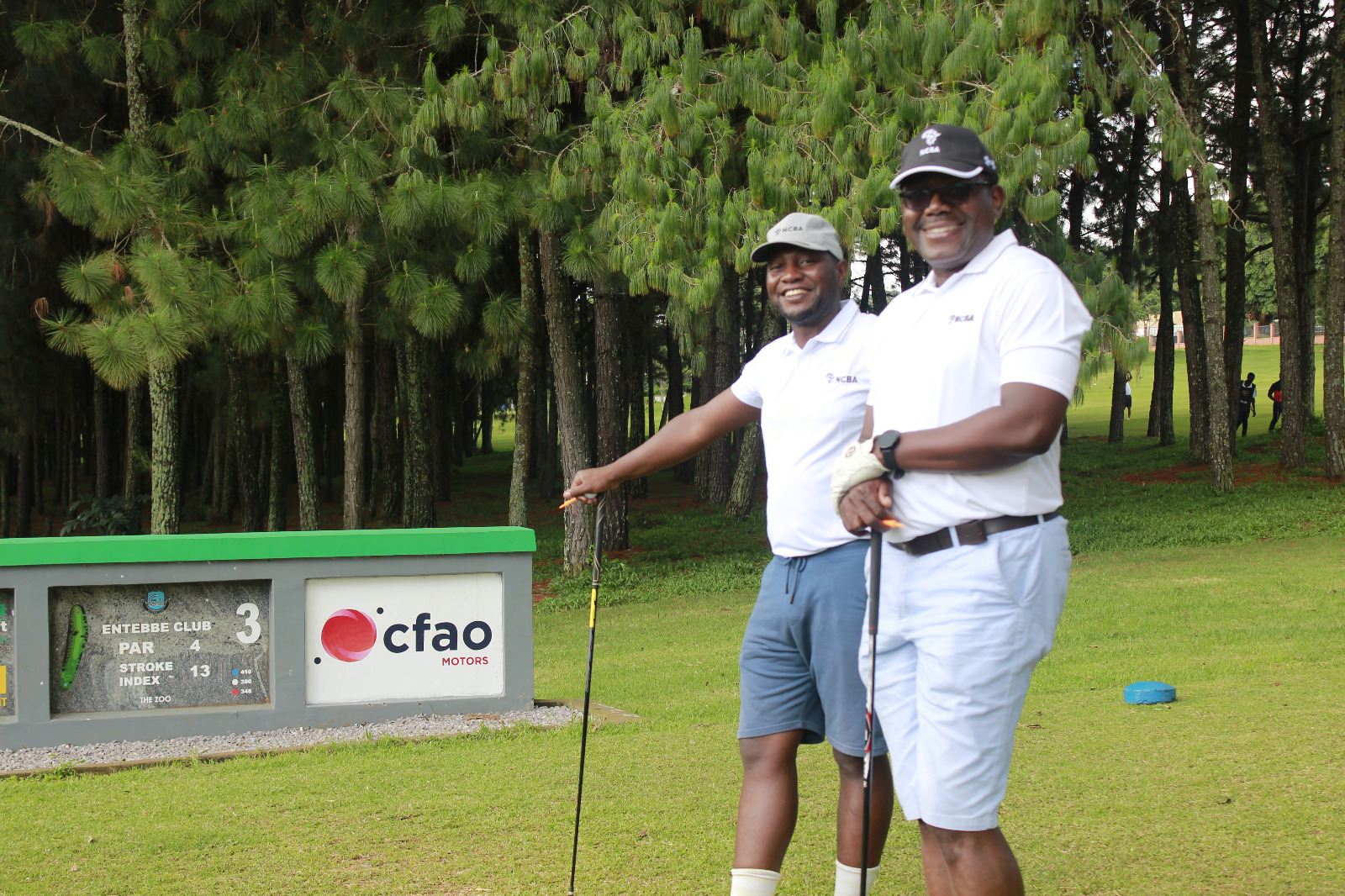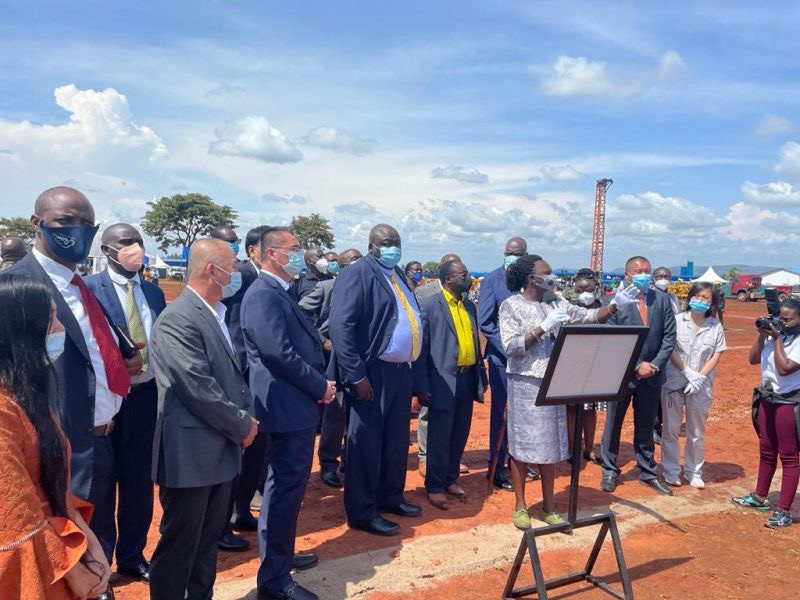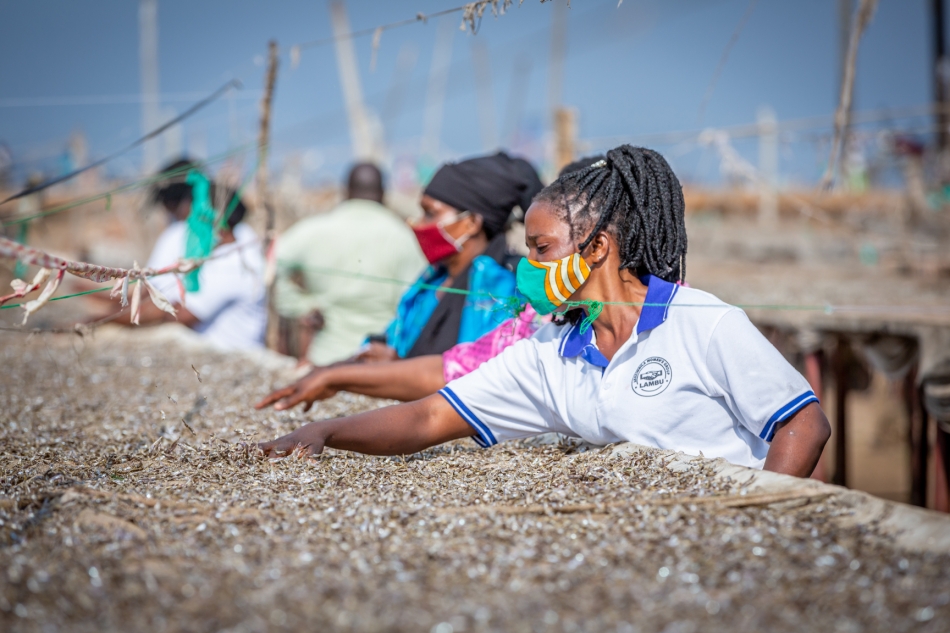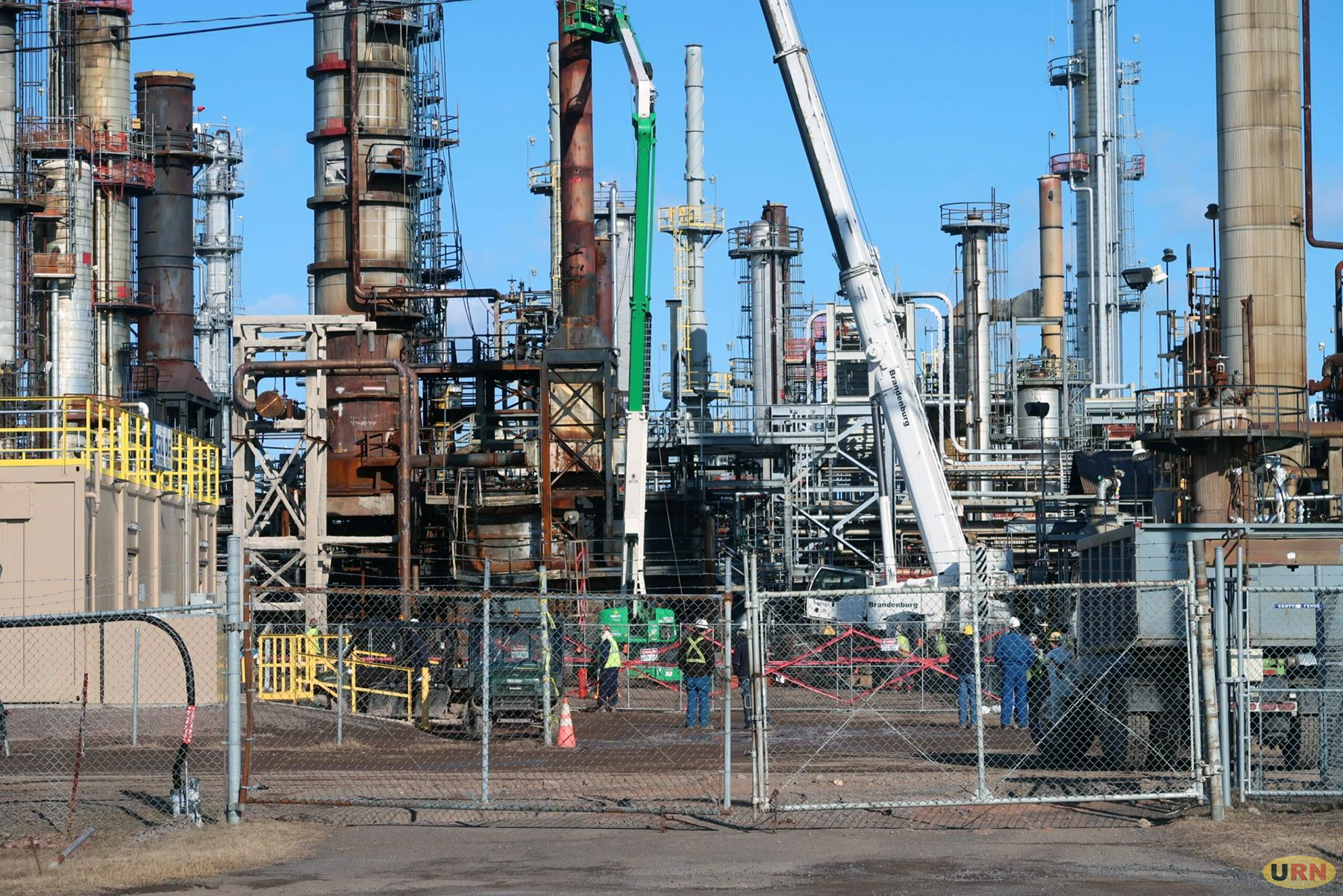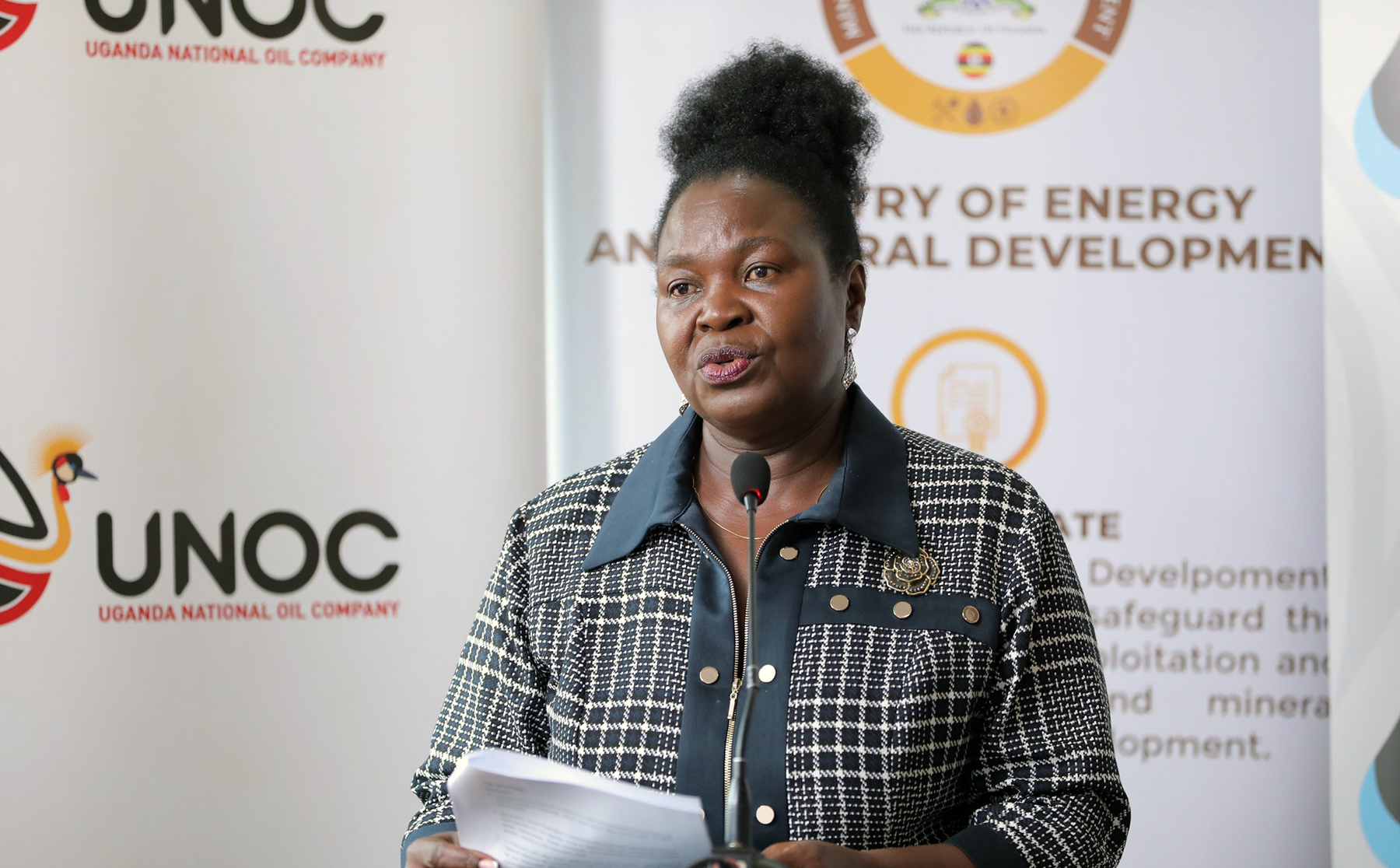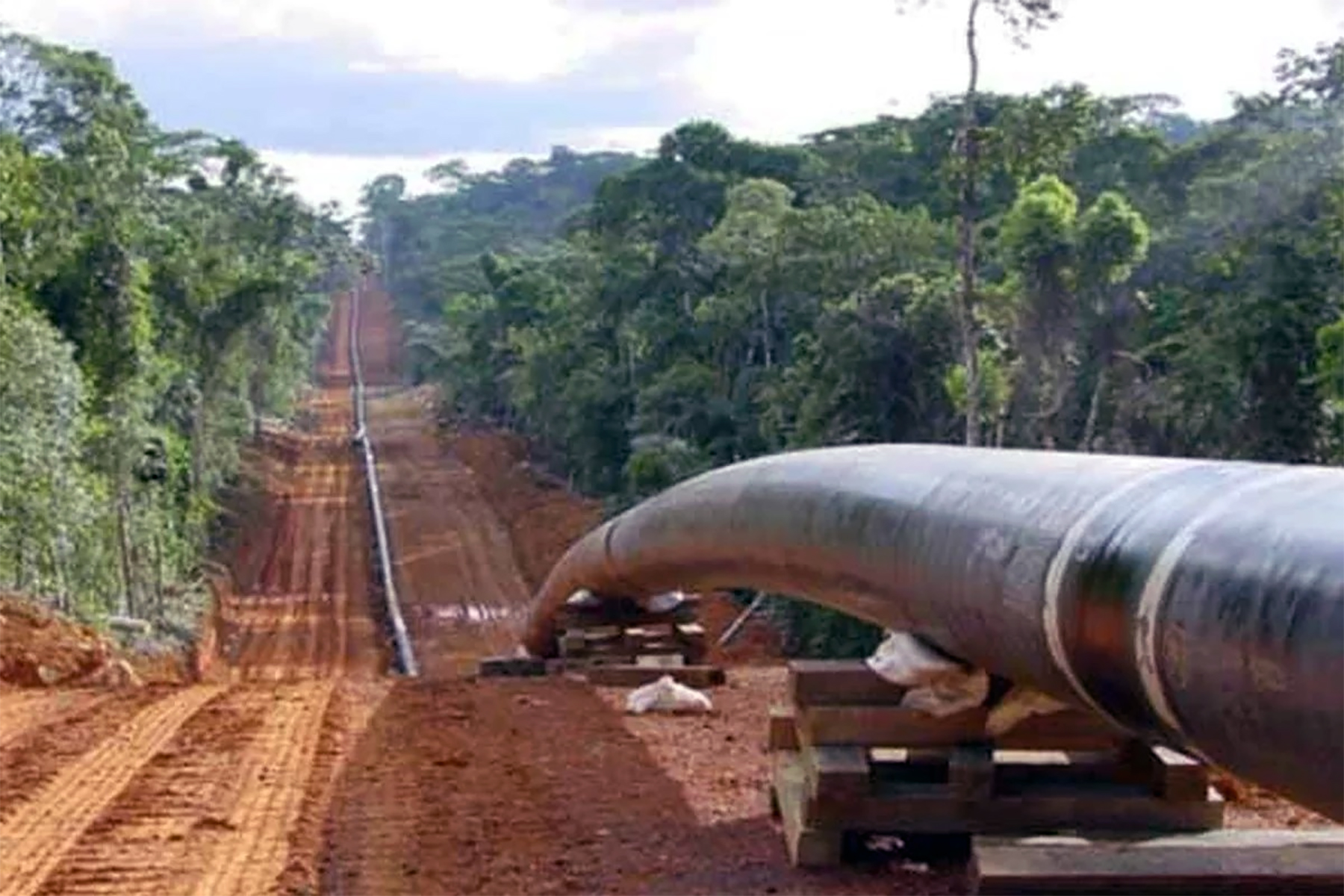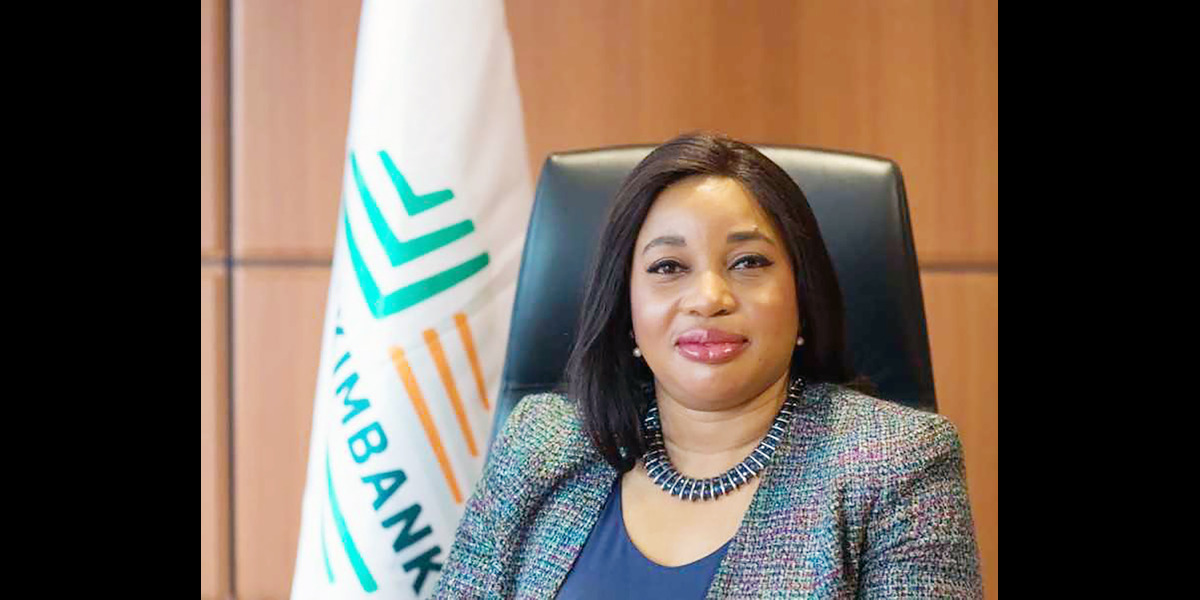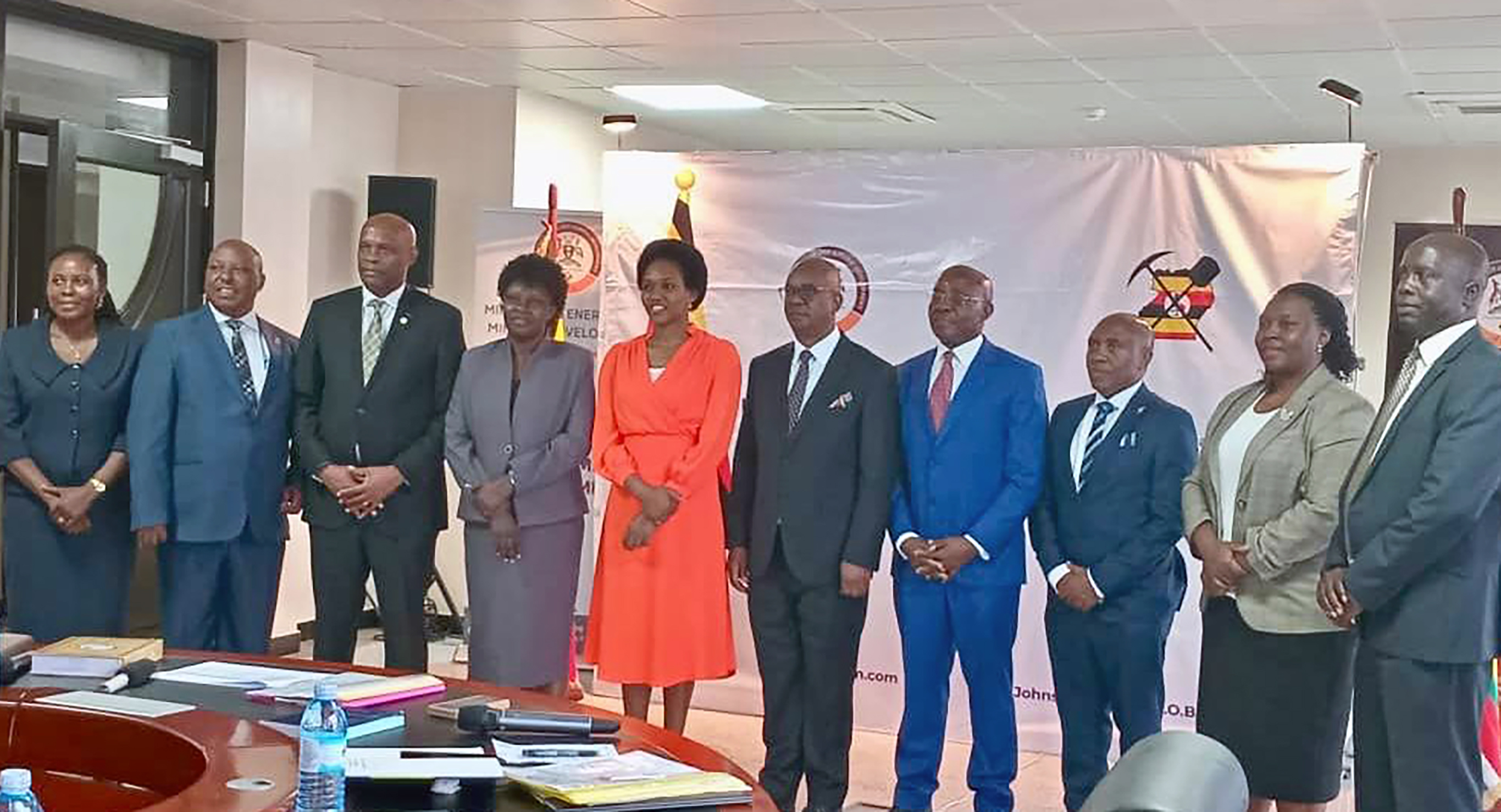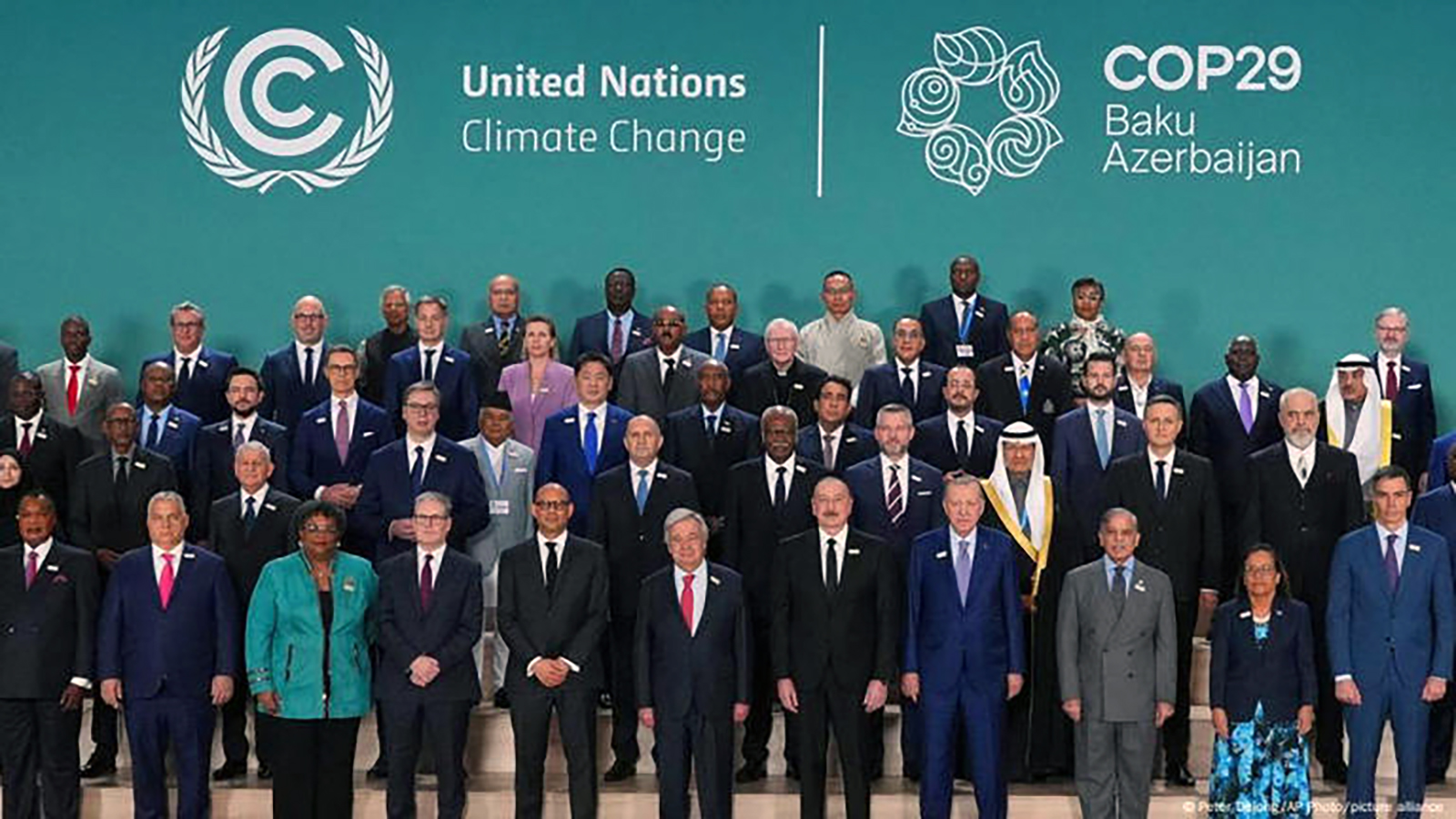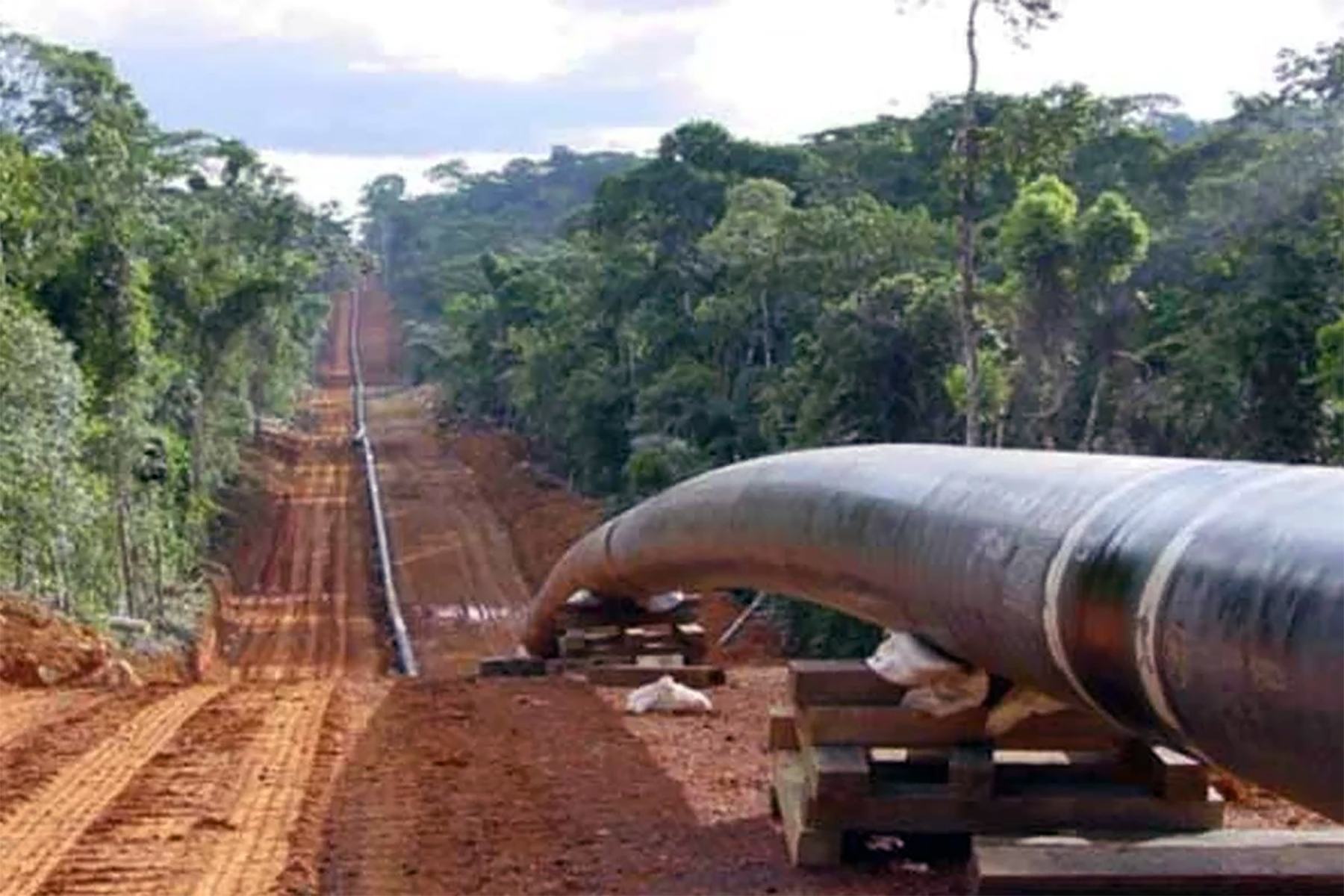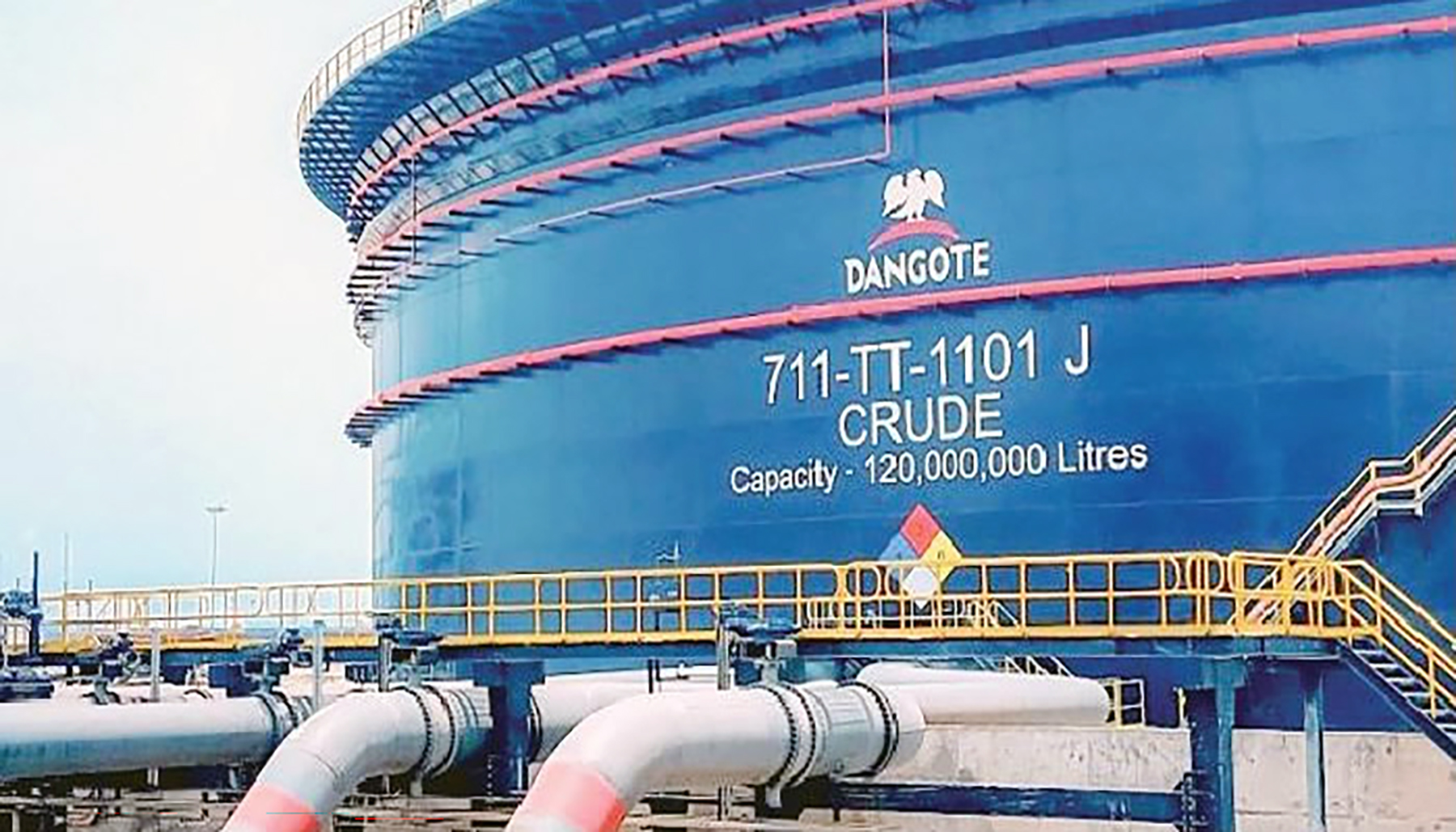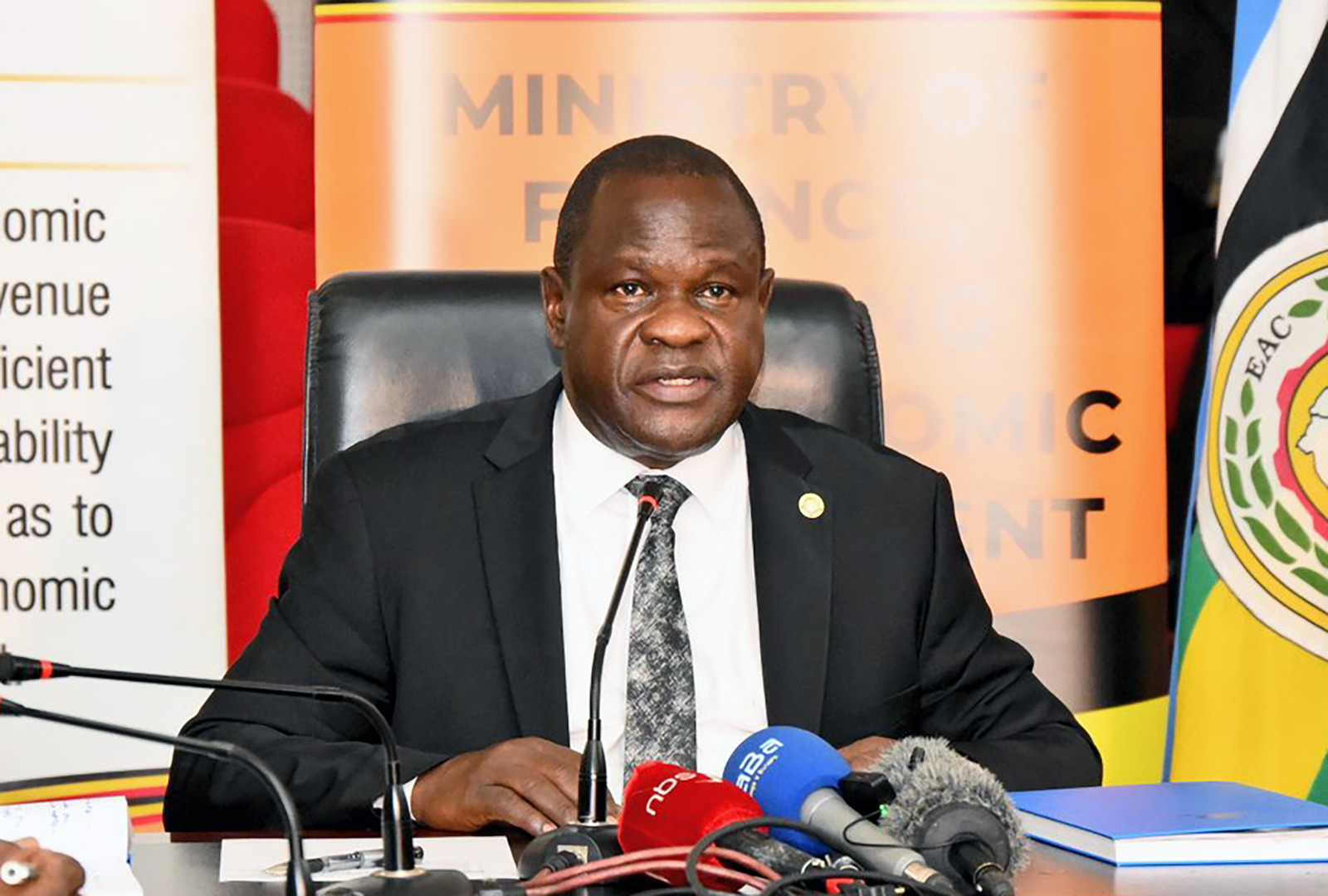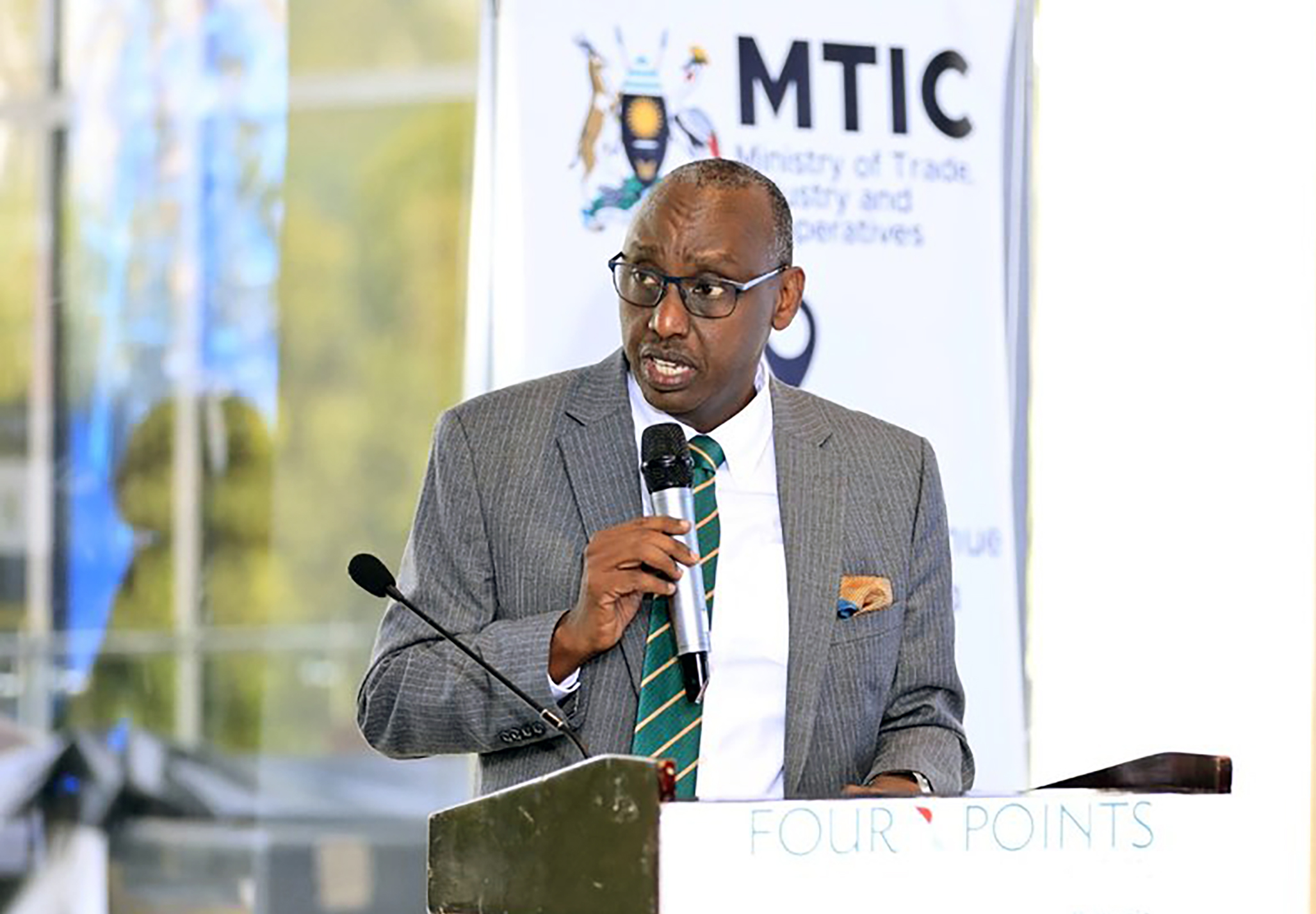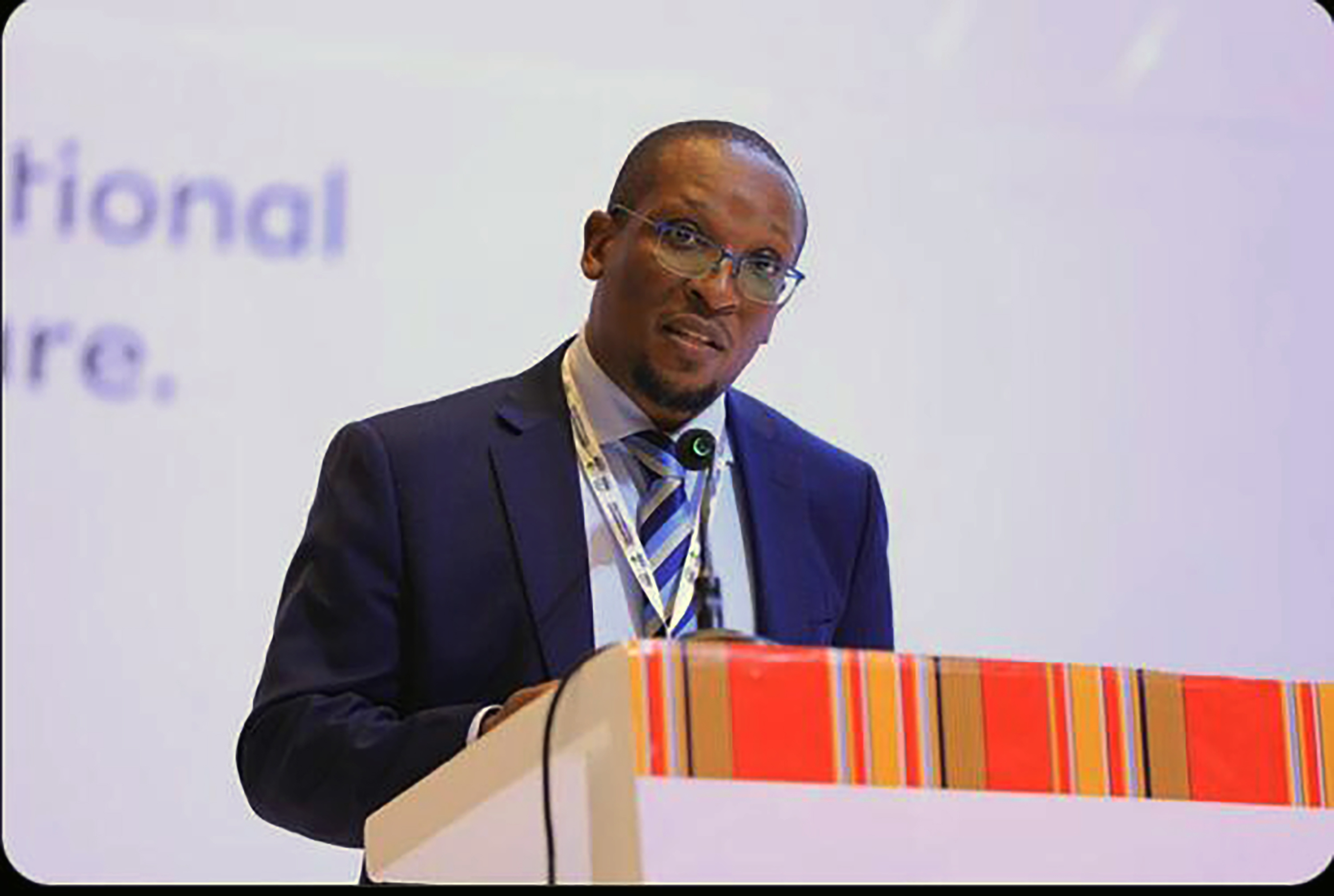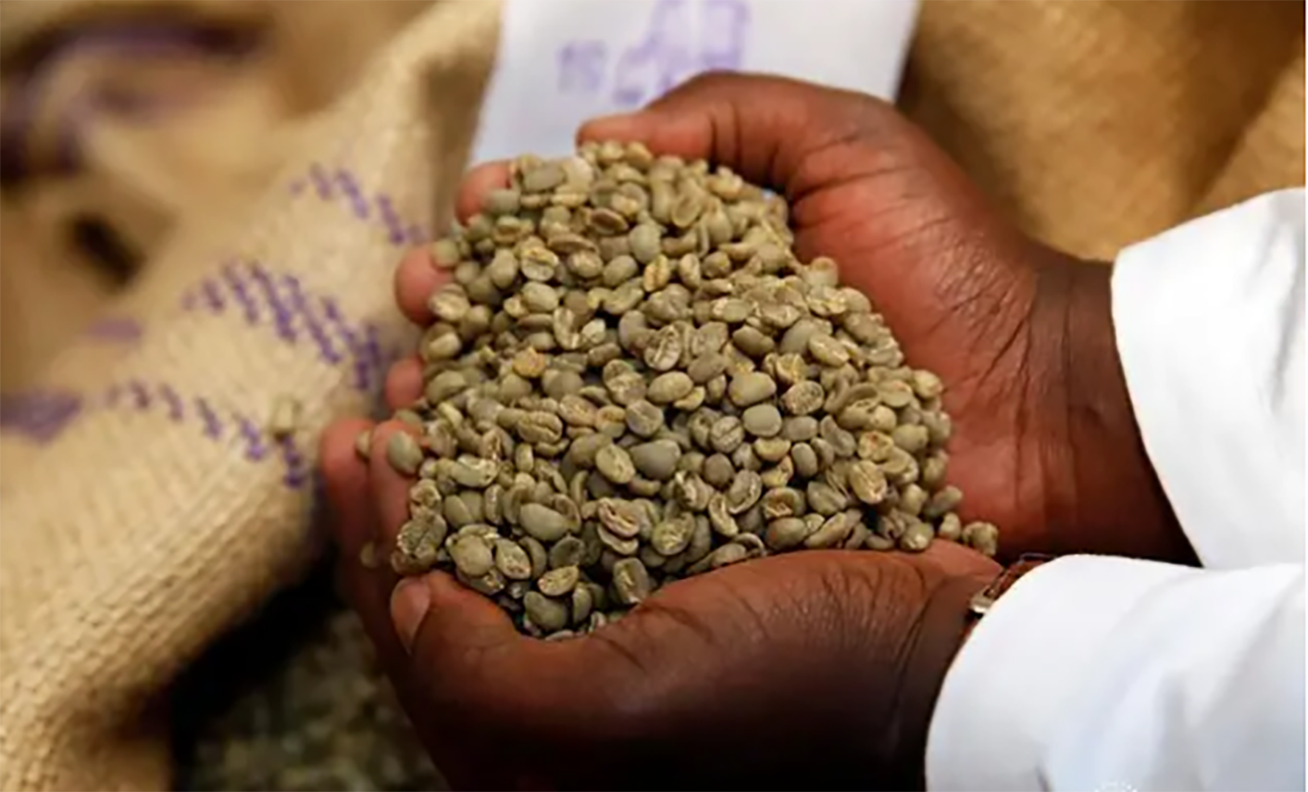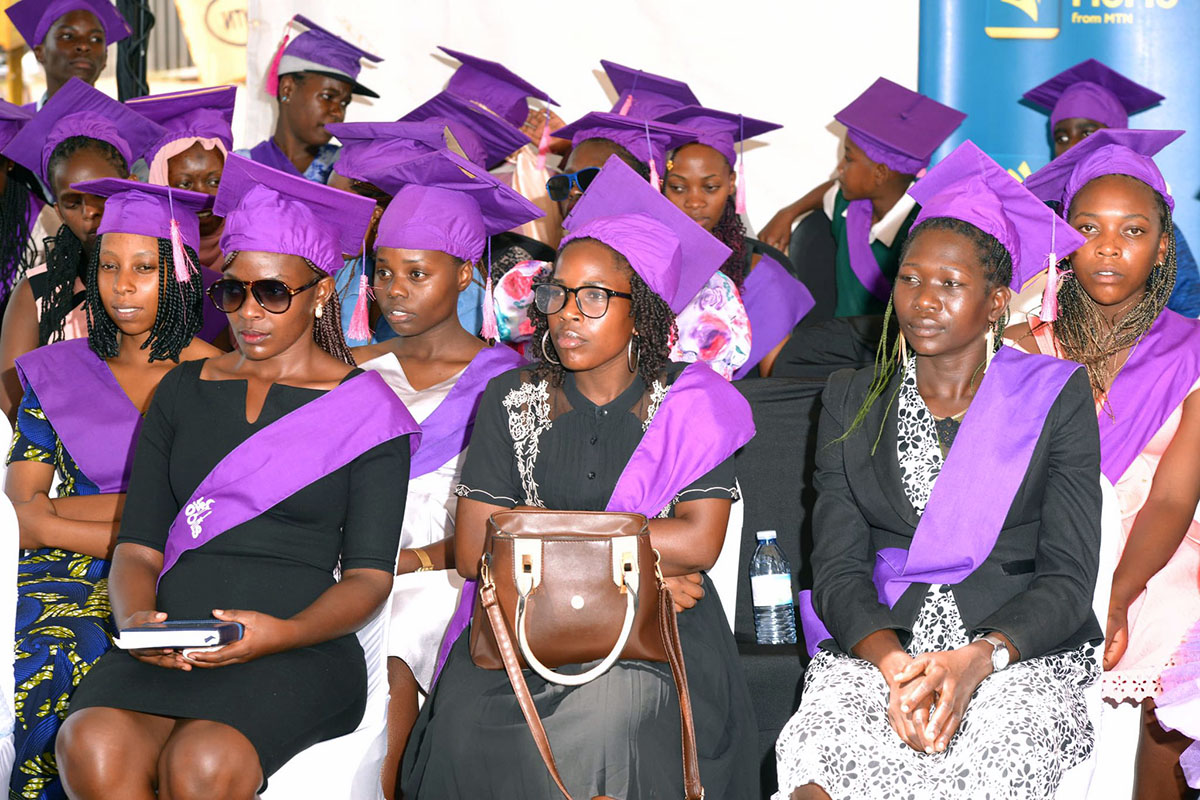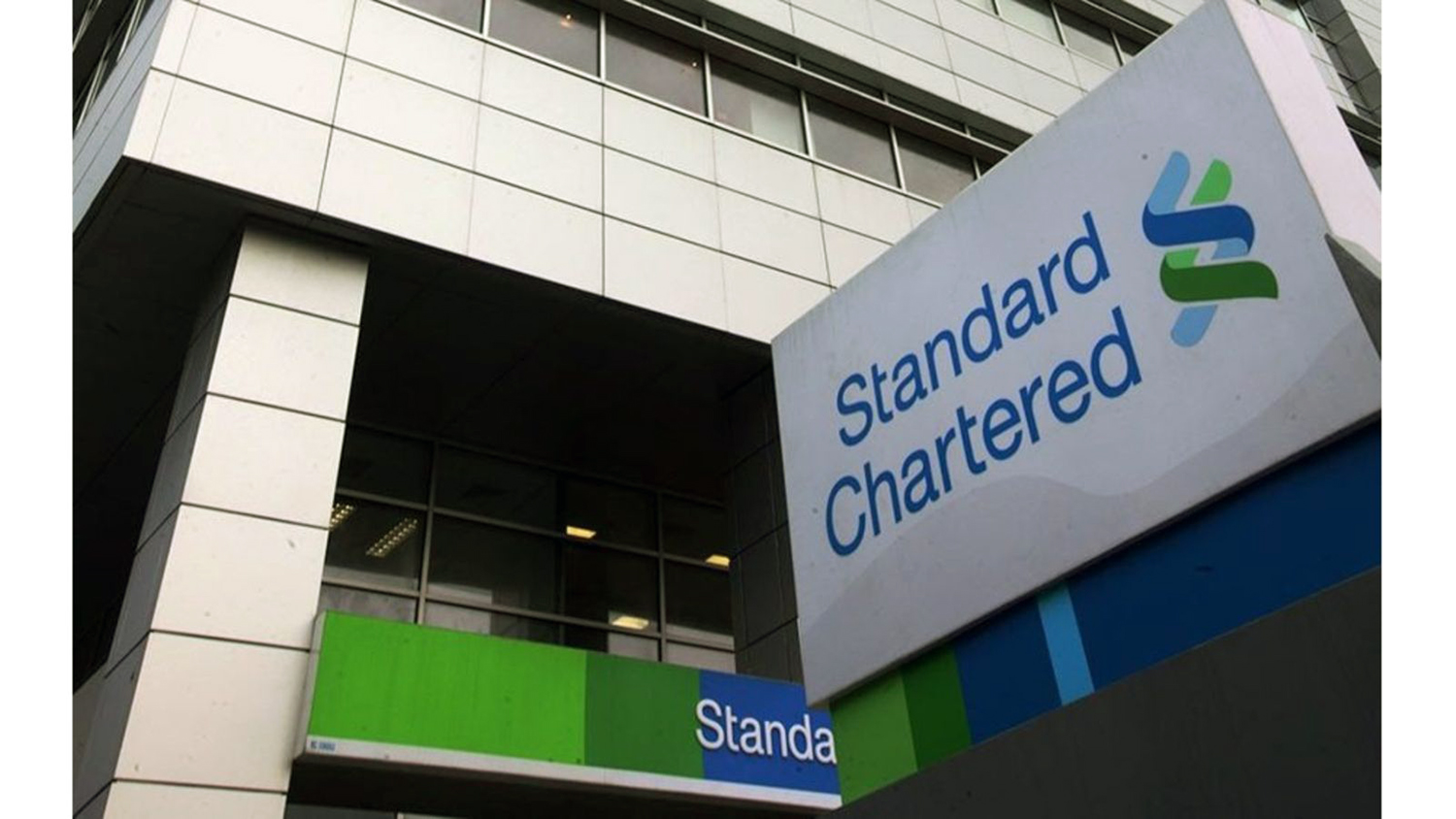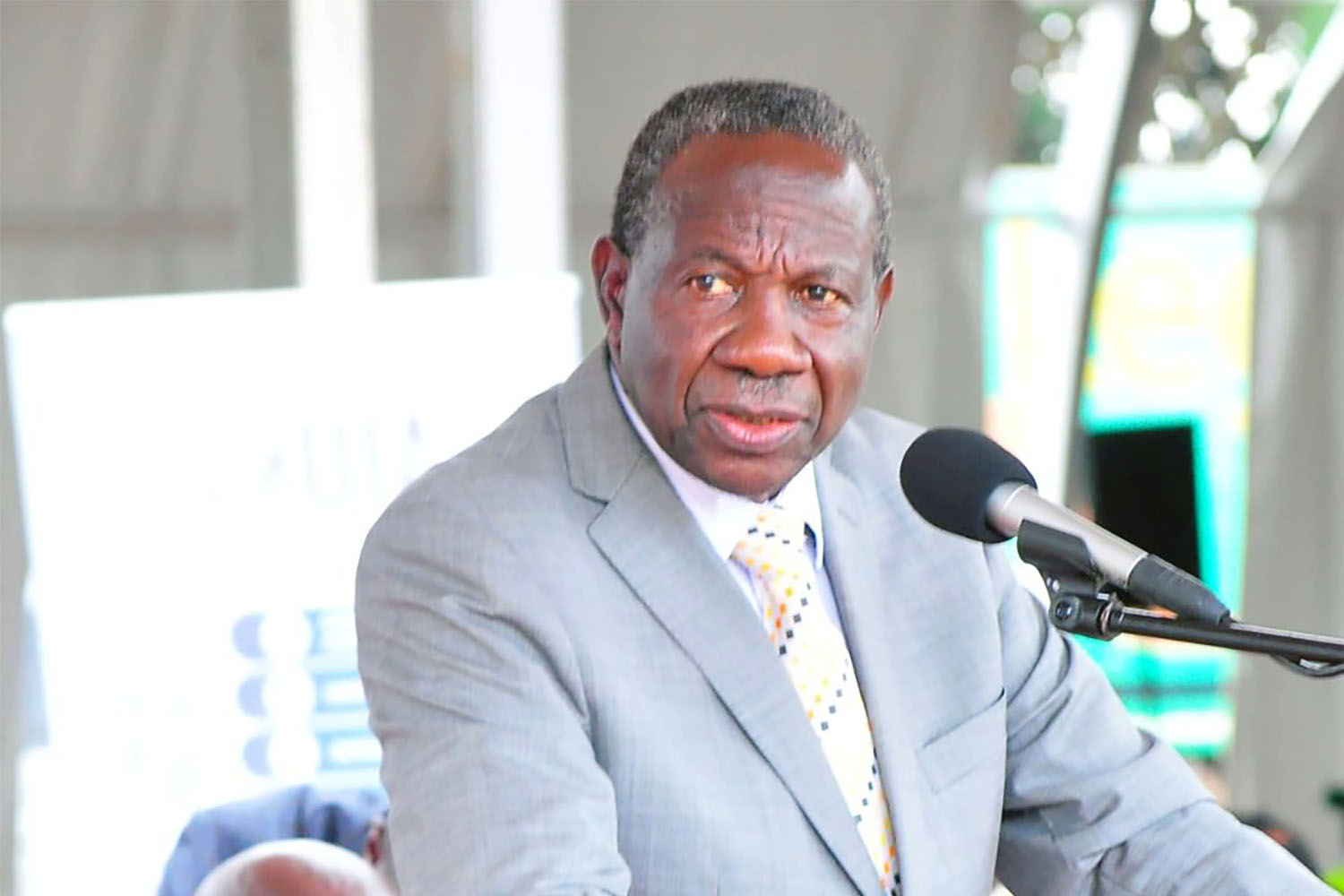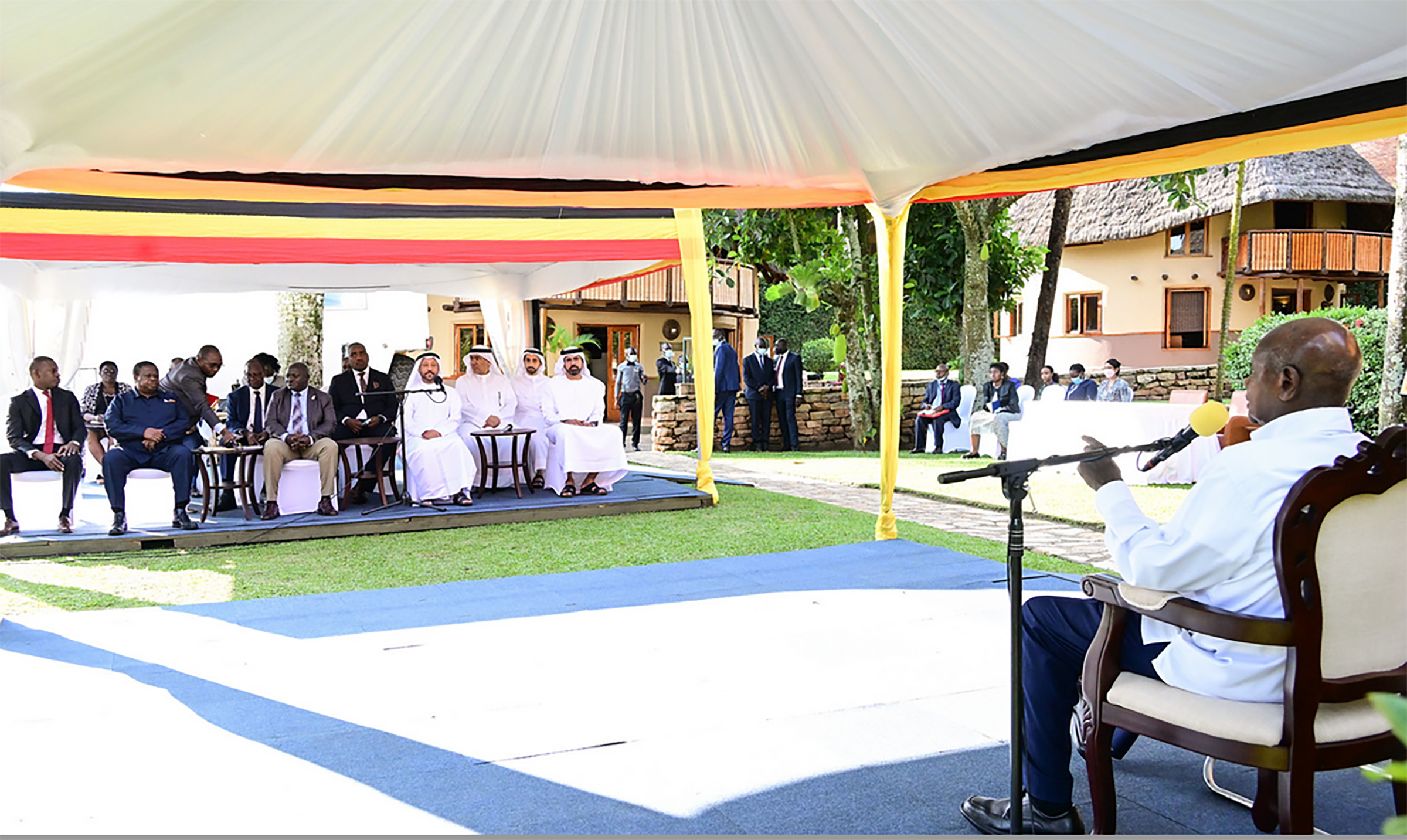EACOP claims 58% project works completion

Top officials of the EACOP show off the Jobi Award, which the company received in recognition of its excellence, innovation, and commitment to sustainable development in the oil and gas industry.
The East African Crude Oil Pipeline (EACOP) project is going on according to schedule, with an official stating that the pipeline has now reached 58% completion.
Speaking at the 2025 Energy Convention held in Kampala recently, Natasha Kassami, the National Content and Capacity Building Lead at EACOP, said; “We are pleased to report that the EACOP project has now achieved a 58% overall completion rate,” outlining a series of technical milestones across the pipeline’s 1,443-kilometre stretch from western Uganda to the Tanzanian port of Tanga.
According to Kassami, engineering works stand at 98% completion, procurement is at 83%, and 80% of the pipeline's components have been manufactured in China and shipped to Tanzania for protective coating.
- She noted that 553 kilometres of the pipeline have undergone thermal insulation, 233 kilometres have been welded, 57 kilometres coated, and 17 kilometres buried.
Uganda's share of the pipeline includes two pump stations and two pressure reduction stations currently under construction. “Foundation work and equipment installation are actively ongoing,” Kassami said, adding that fibre optic systems and pig launchers have been incorporated to monitor safety and efficiency.
However, Sarah Kyeyune, a petroleum engineer and energy consultant, expressed skepticism about the EACOP’s claims.
- “The numbers may look impressive on paper, but what exactly is being counted in that 58%?” she asked. “Completion should be measured by operational readiness and community engagement, not just procurement or overseas manufacturing of pipes. There’s still considerable work pending, especially within Uganda’s territory, where land acquisition and environmental compliance remain unresolved.”


Kyeyune called for greater transparency, particularly in distinguishing between technical progress and actual deliverables on the ground. “We need an independent audit of the project milestones before we celebrate. Uganda must not be rushed into a false sense of readiness.”
Kassami stated that 90% of the workforce, totalling 2,483 individuals, are Ugandan nationals and some $111 million has been injected into local procurement.
Ronald Musoke, an energy economist and lecturer at Makerere University, welcomed the progress as a significant step forward. “Reaching this milestone shows the resilience of the EACOP project in the face of financing and logistical delays,” he noted.
“The integration of local labour and skills development is particularly commendable. It’s not just about exporting oil; it’s about building long-term capacity.”
- Musoke also commended EACOP’s collaboration with universities and vocational institutions, calling it “a model of how infrastructure can spur academic and economic linkages.”
- Construction of accommodation camps at the Main Camp and Pipe Yards (MCPYs) in both Uganda and Tanzania is progressing, with five camps already operational. Civil and foundation works at the pumping stations in Uganda are also progressing, with equipment being delivered to construction sites.
The EACOP is owned by a consortium of four main shareholders, which include; TotalEnergies (62%), Uganda National Oil Company, UNOC (15%), Tanzania Petroleum Development Corporation, TPDC, (15%), and China National Offshore Oil Corporation, CNOOC, (8%).
The partners announced the closing of the first tranche of external financing for the project in March 2025, provided by a syndicate of financial institutions including regional banks. The project has secured $2 billion in global financing to date and is seeking another $3 billion in debt financing.
‘First oil’ production from the associated upstream Tilenga and Kingfisher projects is expected later this year, with the pipeline expected to come online in 2026.


